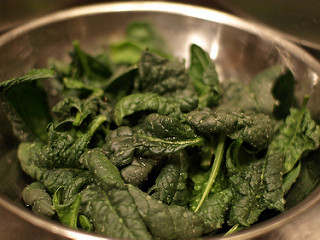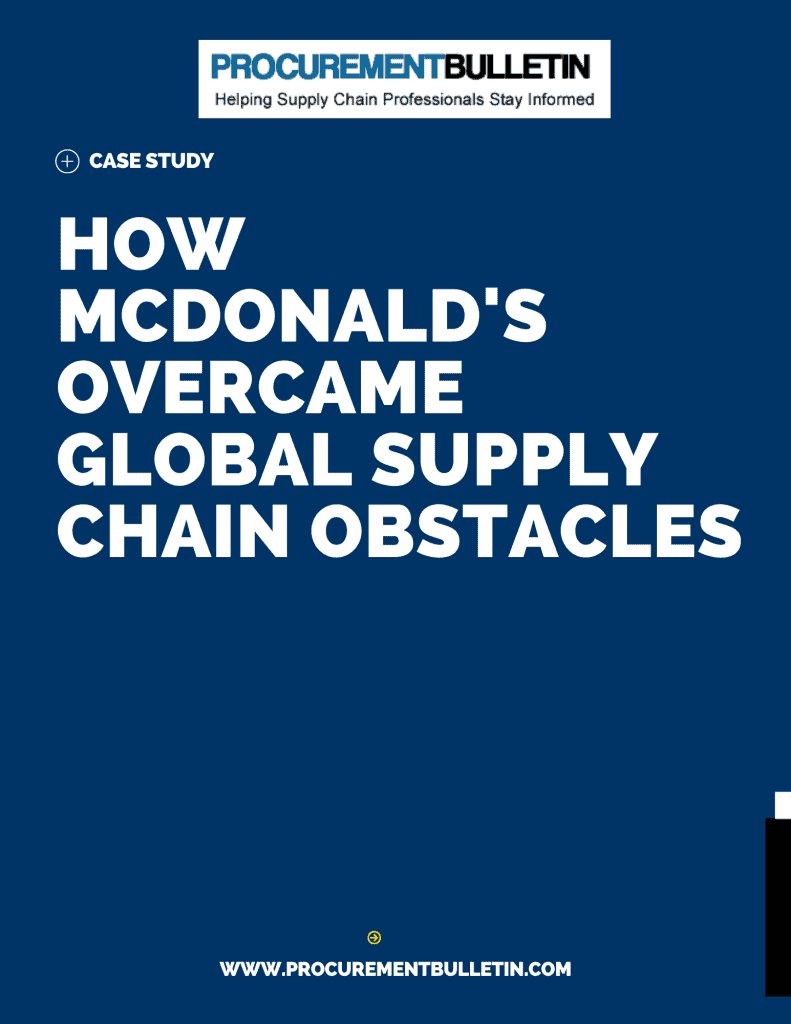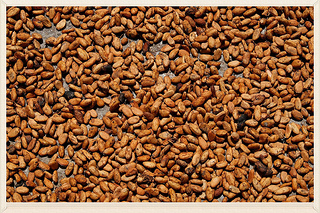Increasing Food Recalls Strain Supply Chains

Listeria, salmonella, E. coli, and other foodborne illnesses have made numerous headlines in 2016, forcing companies to recall affected food products. This places tremendous strain on their supply chains. Take a look at what companies go through when they recall a product and how this affects their operations and the economy.
Food Recalls Are Health and Economic Problems
Several factors contribute to the spike in food recalls, but part of the problem is the increasing complexity of food supply chains and tightened food regulations. Some major food recalls that have prompted changes to food regulations are the salmonella-contaminated peanut products of the Peanut Corporation of America and the half billion fresh egg recall from Hillandale Farms and Wright Country Egg.
Food recalls are a public health issue, but they’re also a major economic issue. Businesses can spend over a million dollars in direct costs to deal with a food recall, and that doesn’t even account for the brand damage and possible litigation costs. Companies must pay to notify consumers, supply chains, and regulatory bodies of the recall.
Then, businesses must pay to remove the affected product from store shelves, and storage facilities. This places a major strain on a business’s supply chain. Once they’ve contained the food recall, businesses also have the additional costs of researching why the problem happened and then implementing a solution to prevent future food recalls.
What Happens After a Food Recall
Regulatory scrutiny has increased the probability of food recalls. Most major distributors have faced a recall or had operations shut down temporarily for fear of a foodborne illness outbreak. This is a standard concern for food supply chains. Most problems are detected by routine spot testing by regulatory bodies, and businesses must always be prepared for a food recall.
After a recall, business see a decrease in normal sales because consumers switch to other brands. This switch is typically temporary, but some consumers stop purchasing affected food products for an extended time because of safety concerns. This can affects the whole food industry. For instance, the sale of peanut butter and spinach dropped significantly after the major food recalls in 2015. The United States Food and Drug Administration advised consumers not to buy bagged spinach. Consumers turned to other products, which hurt the spinach industry significantly.
How to Prevent Food Recalls
One of the most effective ways to mitigate the risk of a food recall is to implement traceability in a supply chain. This includes using a standard safety procedure for continued food testing at manufacturing and distribution facilities. Food can get contaminated in several points in the supply chain, so it must be checked at every touchpoint. Businesses can also create divisions to maintain batch integrity, implement more rigid cleaning and sanitation practices, and have practice drills with team members.
Food recalls will continue to be a concern for supply chains. However, new regulations and safety standards should help prevent many foodborne illness outbreaks from happening in the first place.







